Researchers in France and Spain have developed a cement-like material from a geopolymer and shown how it can simultaneously serve as a solid electrolyte in a rechargeable electrochemical energy storage system. ‘This is more than a battery,’ says Vadim Kovrugin, who carried out the work at the University of Bordeaux and the University of the Basque Country. ‘It is a new material concept, where infrastructure does not merely stand still but can actively contribute to the energy ecosystem.’
Previous research into construction materials with integrated energy storage has focused on storing waste heat energy in Portland cement. Storing energy electrochemically, rather than thermally is much more efficient, so a few studies have explored using traditional cement or concrete mixtures as battery components.
The issue with cement, however, is that producing it generates significant carbon dioxide emissions. Kovrugin and colleagues have therefore been investigating the electrochemical properties of more sustainable building binders.
Here they used a synthetic aluminosilicate called metakaolin that’s made by heating the clay mineral kaolinite. Metakaolin has high mechanical strength and durability, as well as good ionic conductivity. Mixing metakaolin with an activation solution formed a paste into which the team embedded zinc and manganese dioxide electrodes to create a battery with a classic probe-style configuration.
In previous studies into cement-based batteries, the alkaline conditions of such materials can see them react with zinc to form calcium zincate. The mildly acidic metakaolin electrolyte in Kovrugin and colleagues’ battery, however, allows zinc to remain in its ionic form. This makes the system rechargeable via a reversible plating and stripping process.
‘The use of metakaolin-based geopolymers as a solid electrolyte for energy storage is a great advancement, and it is exciting to see the dual functionality of this material in energy storage and construction. As we transition to renewable energy, the need for efficient and integrated energy storage solutions becomes more urgent, making this research particularly timely,’ remarks Damian Stefaniuk, from the Massachusetts Institute of Technology in the US, who was part of a team that created a supercapacitor out of cement in 2023.
Durability is a key challenge when incorporating batteries into permanent structures and Stefaniuk explains ‘one of the functions – energy storage – may degrade much sooner due to the chemical reactions present in batteries’.
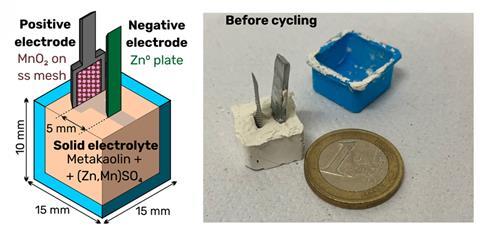
Hydrogen evolution is a well-known stumbling-block in zinc battery development and in the metakaolin-based system it generates hexahydrated zinc sulfate. This side product could compromise the interface between the negative electrode and electrolyte, and lead to cracks in the geopolymer material. The team therefore suggests that using a modular design, where battery components are structured in accessible layers or compartments, could make this less of an issue by allowing components to be maintained or replaced without compromising the structural integrity of any construction.
Another key consideration in the geopolymer material’s durability is its hydration and drying behaviour. There was heavy water loss in the batteries after 40 days of curing, by which time the electrochemical stability had decreased. This implies hydration levels are important for maintaining sufficient conductivity. However, increasing the water content could potentially affect the material’s mechanical integrity. The geopolymer formulation and curing processes will need to be optimised, but further work on this could help to make the material more suitable for real structures.
Despite the challenges involved in embedding energy storage functionality into structural materials, Kovrugin notes that ‘with each step forward, we move closer to a future where walls and bridges are not just passive structures, but active elements capable of storing energy and monitoring their own health – for example, by detecting the appearance of cracks or other signs of structural degradation.’
Correction: This article was updated on 9 May to clarify Kovrugin’s role in the project
References
V M Kovrugin et al, Mater. Horiz., 2025, DOI: 10.1039/d4mh01448k
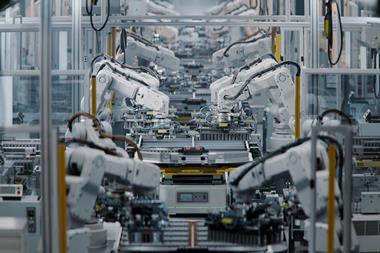
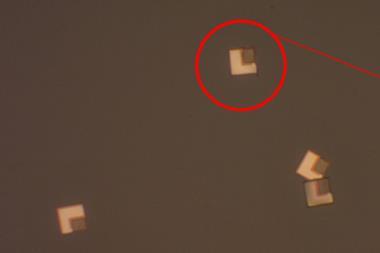
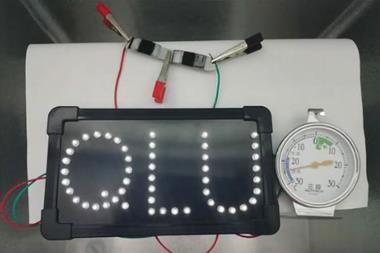






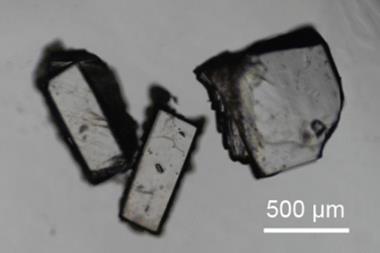

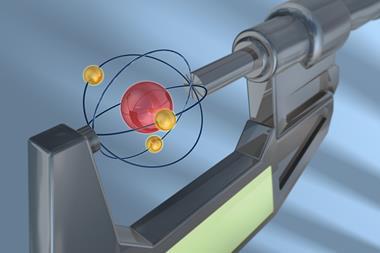
No comments yet